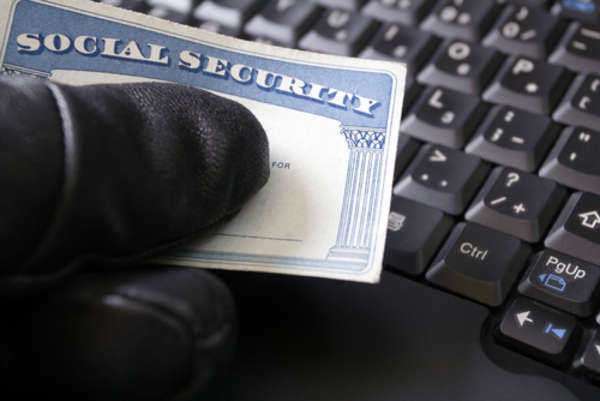Steps To Legal Assistance







Being a victim of identity theft is painful and damaging in many ways; the stories of many such identity theft victims attest to both the emotional toll and the simple practical damage that the crime did to their lives.
An identity theft victim will not only have to repair the financial damage done, but may also have to deal with problems involving mistaken identities all throughout government databases, not to mention having to deal with the emotional stress of such a personal violation. Stories of such victims abound, and act as cautionary tales, both for those seeking to prevent identity theft from happening to themselves, and for those who would act too hastily in situations where identity theft may be influencing the facts. Contact an identity theft lawyer to acquire legal advice and assistance.
One example of a victim of identity theft going through a particularly heinous time is that of Kim Fossen, a 30 year old woman who lost her purse in 2004. She quickly canceled all the credit cards contained therein, and obtained new identification to replace what she had lost. But even so, in 2009 she found herself the victim of extraordinary identity theft. She was arrested on a felony fugitive warrant, based on a New York state warrant for burglary in the second degree and grand larceny, neither of which she had actually committed.
She was in jail for over a day, and all because she was a victim of identity theft perpetrated by one Lien Thi Huynh, a 22 year old escort from Miami Beach who had been using Fossen's identity for three years prior to this incident. Huynh had so thoroughly perpetrated identity theft that even DNA from Huynh was linked to Fossen's name in the databases of some cities. Fossen describes her experience as a victim of identity theft and of wrongful accusation as horrible beyond all doubts.
Another major example of the damage that a victim of identity theft may have to deal with for years after the crime comes from John Harrison, a Connecticut salesman who had his identity stolen in 2001. He had to deal with the fallout from that crime, perpetrated by a 20 year old who stole close to $265,000 in four months. Though the perpetrator was caught, Harrison, as the identity theft victim, still had a long battle ahead of him.
Even though Harrison was given official confirmation from the Department of Justice in the form of letters proving that he was a victim, Harrison was still hounded by creditors seeking to collect on the debts incurred from the identity theft. In 2005, Harrison was still $140,000 in debt as a result of the crime.
Harrison's story is representative of that of the average identity theft victim. The damage inflicted by an act of identity theft extends far beyond the immediate crime, and can cause problems for years to come, even though the identity theft victim can do exactly as he should in order to prove his innocence.
A single identity theft, even poorly executed, can wreck the finances and record of an perfectly innocent victim for years to come, and there is no strong system implemented to assist such a victim of identity theft in proving that he or she is actually innocent. Furthermore, Fossen's case, while abnormally heinous, outlines the worst dangers of facing an identity theft victim. That identity theft can lead to such terrible incidents simply outlines that more must be done in order to protect an identity theft victim from the undeserved damage brought on by the crime.



